What is the National Gallery playing at? Why, in this summer of stop-start tropical storms, is the NG making visitors — visitors with prebooked, time-slotted tickets, mind — queue outside and in the rain? Why are its cloakrooms still closed and umbrellas forbidden? My husband had to stash his behind a balustrade on Orange Street. Why, with a 1:45 ticket, were we not through the doors until 2:05? Why make your harassed marshals, doing the best they can, shout ticket times and field questions from furious picture-fanciers? Lousy sort of freedom this. The V&A, by the way, is just as bad.
I used to roll my eyes at the ‘it’s your collection’ shtick given to every schoolchild, but then they closed the gallery and then they made you book and then they made you wait outside on stormy Sunday afternoons and now I think: ‘Yes, it is my bloody collection and I used to bloody walk right in.’
Anyway, once you’re in, you’re in and it’s glorious, as the National Gallery always is. Straight to Room One for one of those little, laser-focused exhibitions that the NG does so well. Remember Bartolomé Bermejo, Louis-Léopold Boilly and Jan Gossaert’s ‘Adoration’? Winners all. Bellotto: The Königstein Views Reunited gathers five paintings not seen together since the 1750s. Two are owned by Manchester Art Gallery, one by the National Gallery since it was saved for the nation (that means you!) in 2017, one by the Earl and Countess of Derby and one by the National Gallery of Art in Washington. What an elegant quintet they make.
Bernardo Bellotto (1722–80) was the nephew of Canaletto, the great view painter of Venice and, in a later phase, the Thames. Bellotto was known, with that Italian gift for diminutives, as ‘Il Canalettino’. He was admitted into the Fraglia dei pittori, the Venetian painter’s guild, in 1738, and worked for the first decade or so of his professional life in his uncle’s shadow. But what painterly shadows. In 1747, Bellotto travelled to Dresden under the patronage of Frederick Augustus II, Elector of Saxony and King of Poland. According to one courtier, Bellotto was the booby prize, the first-choice, Canaletto, having gone to England the year before.
The 25-year-old Bellotto arrived with his wife, son and manservant Checo and within a year was the highest-paid artist at the Saxon court. Bellotto painted 30 landscapes and vedute for the elector: 14 of Dresden, 11 of the pretty village of Pirna and, after 1756, five of the Königstein, ‘the king’s stone’, a fortress on a rocky promontory high above the Elbe Valley in what is now the Saxon Switzerland National Park. (The couple next to me were reminiscing lyrical about their sightseeing tour. Holidays! Remember them?)
Bellotto gives us Königstein magnificent and Königstein caught unawares, the distant prospect and the walled garden, the parasoled interior, and the vagabond outer world. His peasants are pitched somewhere between picturesque and pathetic. Grubby, but not hungry. I had to stop myself humming ‘The Lonely Goatherd’. ‘Lay ee odl lay ee odl lay hee hoo…’
It’s the light that gets you: sun through showers; fields patchworked by rain and shine; ingenious effects of light on stone, on windows, on slates; the sheer showing-off of shadows cast by a line of washing on a bright and blustery day. Against the festivity and incident of Canaletto, Bellotto feels sedate, more promenade than carnival, but lovely all the same.
No obvious neat link to Rachel Kneebone’s Raft at White Cube Mason’s Yard, so consider this a postscript. What a weird and beguiling show. Kneebone’s medium is porcelain: pale, delicate and perfect, like a Victorian bride in her trembling corsets. Kneebone gives porcelain the steampunk treatment, twists it and makes it bizarre. These exquisite, eerie pieces, some like chandeliers, some like Grinling Gibbons garlands, some like Meissen centrepieces, borrow bodies and forms from Théodore Géricault’s ‘Raft of the Medusa’ and set them knotting and writhing. There’s a bit of Rodin in there, too. Her limbs are beautifully balletic, the mass disturbing and inhuman. If you can’t get to London, Kneebone’s porcelain triumphal column ‘399 Days’ — the time she took to make it — is at Yorkshire Sculpture Park until April next year. Think Trajan, but tangled and terrifying.
PPS In case you’re wondering, yes, the umbrella was still there.
Got something to add? Join the discussion and comment below.
Get 10 issues for just $10
Subscribe to The Spectator Australia today for the next 10 magazine issues, plus full online access, for just $10.
You might disagree with half of it, but you’ll enjoy reading all of it. Try your first month for free, then just $2 a week for the remainder of your first year.


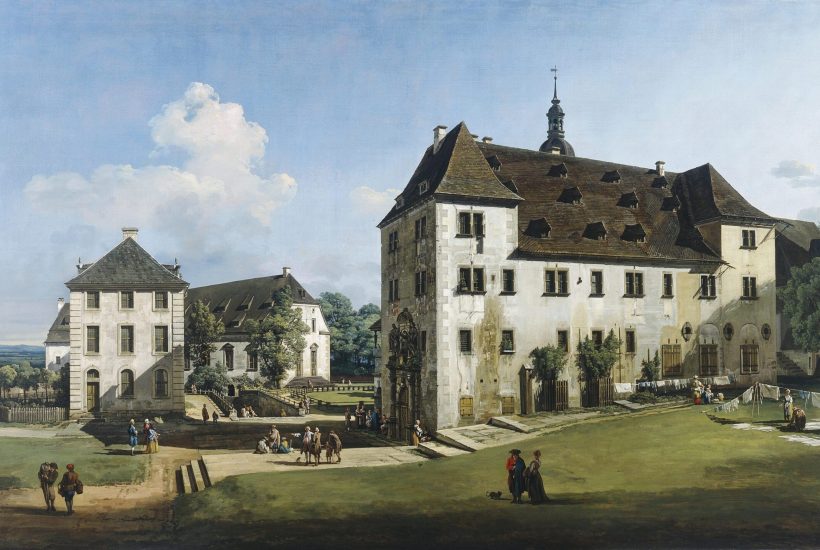
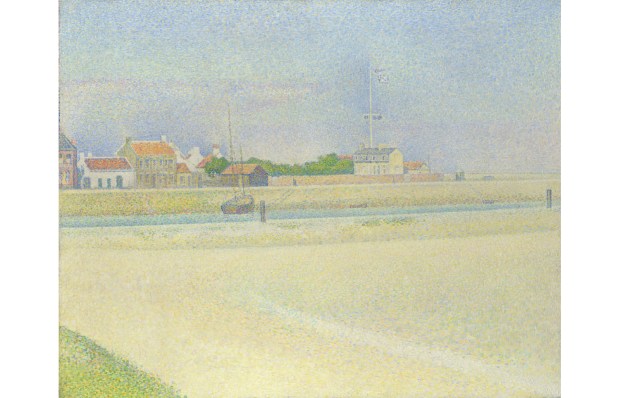
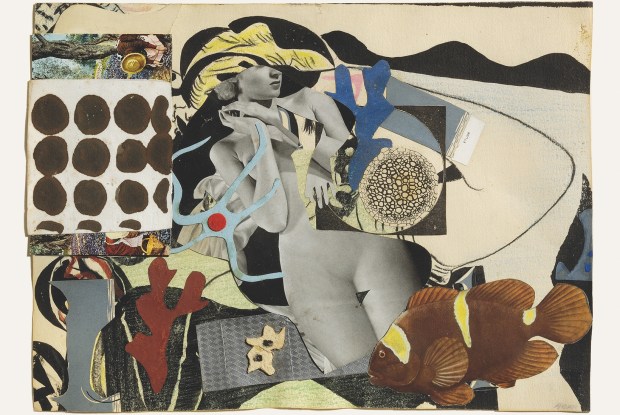
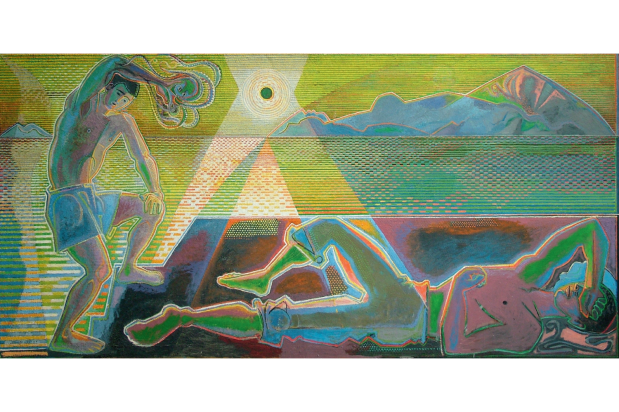

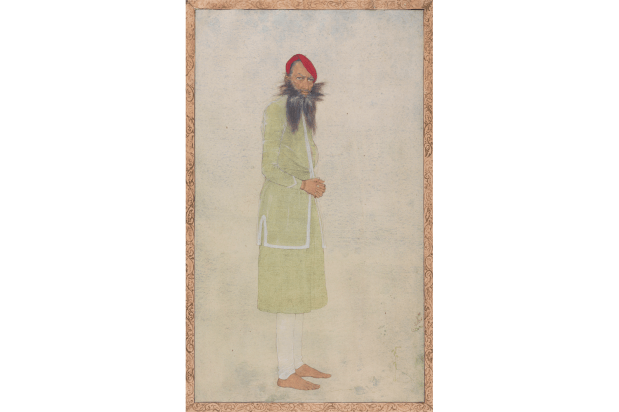
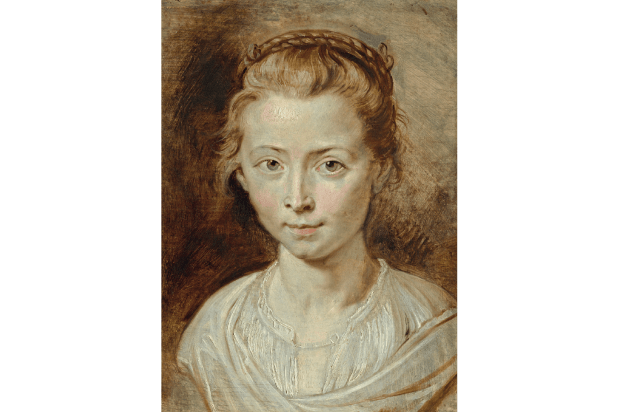






Comments
Don't miss out
Join the conversation with other Spectator Australia readers. Subscribe to leave a comment.
SUBSCRIBEAlready a subscriber? Log in